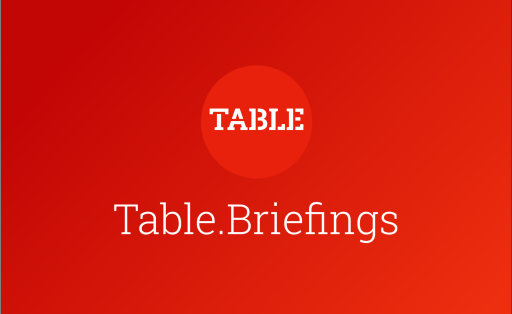The political situation in Ukraine is characterized by profound challenges and significant changes. Since the annexation of Crimea by Russia in 2014 and the subsequent conflict in the east of the country, Ukraine has been at the center of international tensions. In terms of domestic policy, the government is focusing on reforms and the fight against corruption, driven by efforts to align itself more closely with the West and become integrated into European and transatlantic structures. Despite progress in strengthening institutions, political instability, corruption and economic problems remain. This dynamic situation is also influencing Ukraine's efforts to move closer to the EU and NATO. Read the latest Ukraine news from the Table.Briefings editorial team here. What is the political situation in Ukraine? The political situation in Ukraine is characterized by the ongoing conflict with Russia, which has existed since the annexation of Crimea by Russia in 2014 and the subsequent war in eastern Ukraine. This conflict has led to considerable tensions at an international level and has strained relations between Russia and the West, particularly the EU and the USA. Domestically, the situation is characterized by reform efforts and the fight against corruption. Since the Revolution of Dignity in 2014 and the election of Volodymyr Zelensky as president in 2019, Ukraine has taken steps to strengthen its institutions and orient itself more towards the West. Nevertheless, challenges such as political instability, corruption and economic difficulties remain. Ukraine is also seeking greater integration into European and transatlantic structures, including possible membership of the European Union and NATO, which is seen as part of its security and economic strategy. Is Ukraine part of the EU? Ukraine is not a member of the European Union (EU). However, the country was granted EU candidate status in June 2022, which is the first step in a long and complex process towards possible membership. Ukraine has been working for several years to reform and adapt its legislation to meet EU standards and has already signed numerous association and free trade agreements with the EU. These developments demonstrate Ukraine's desire to integrate more closely into European structures. What is the relationship between Ukraine and NATO? The relationship between NATO and Ukraine has intensified since the annexation of Crimea by Russia in 2014, although Ukraine is not a NATO member. Cooperation began in the '90s and intensified with the establishment of the NATO-Ukraine Council in 1997. After 2014, NATO has increased its support through security advice, military training and modernization assistance to the Ukrainian armed forces. This includes trust funds in areas such as cyber defense and logistics. The war in Ukraine in 2022 led to increased military, financial and humanitarian support from NATO members to strengthen Ukraine's defense. What does Ukraine export? Ukraine is a major exporter of agricultural products, especially grains such as wheat, corn and barley. It is also one of the leading exporters of sunflower oil. In addition to agricultural products, Ukraine also exports iron, steel and other metals, thanks to its extensive mineral resources and well-developed heavy industry. Technological products and chemicals also form an important part of the export sector. Recently, the country has also specialized in the export of IT services and software, with Ukrainian IT companies becoming increasingly important in global markets. What does Ukraine import? Ukraine imports a variety of goods to meet the needs of its economy and population. The most important imports include: These imports reflect the structure of Ukraine's economy and are essential for the operation of its industrial base as well as to meet the consumption needs of its citizens.

Ukraine war: Putin ready for talks with Macron
Despite international peace efforts, Russia has been waging a destructive war of aggression against Ukraine for almost four years. At the same time, Moscow is willing to talk.
By Redaktion Table








